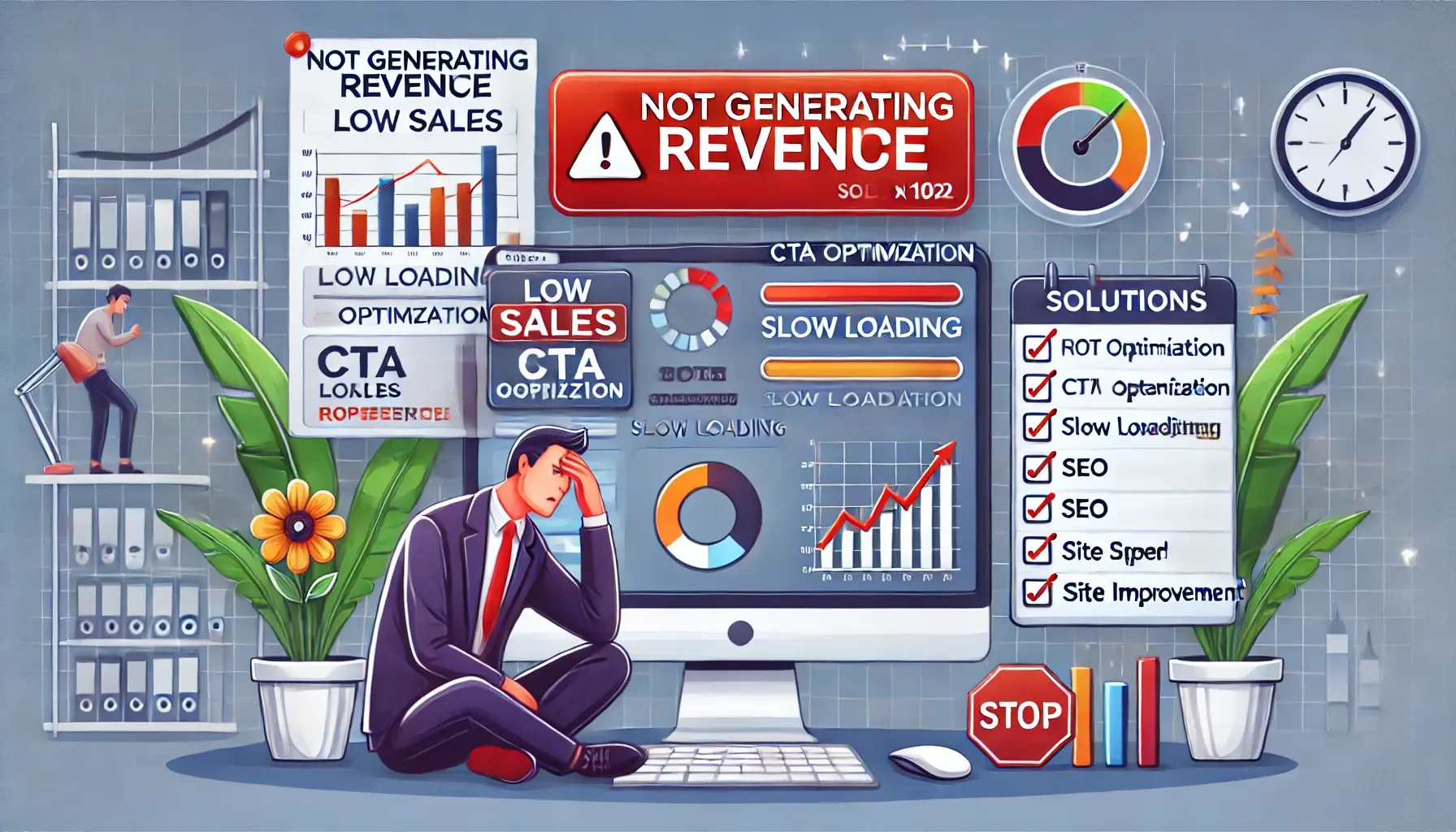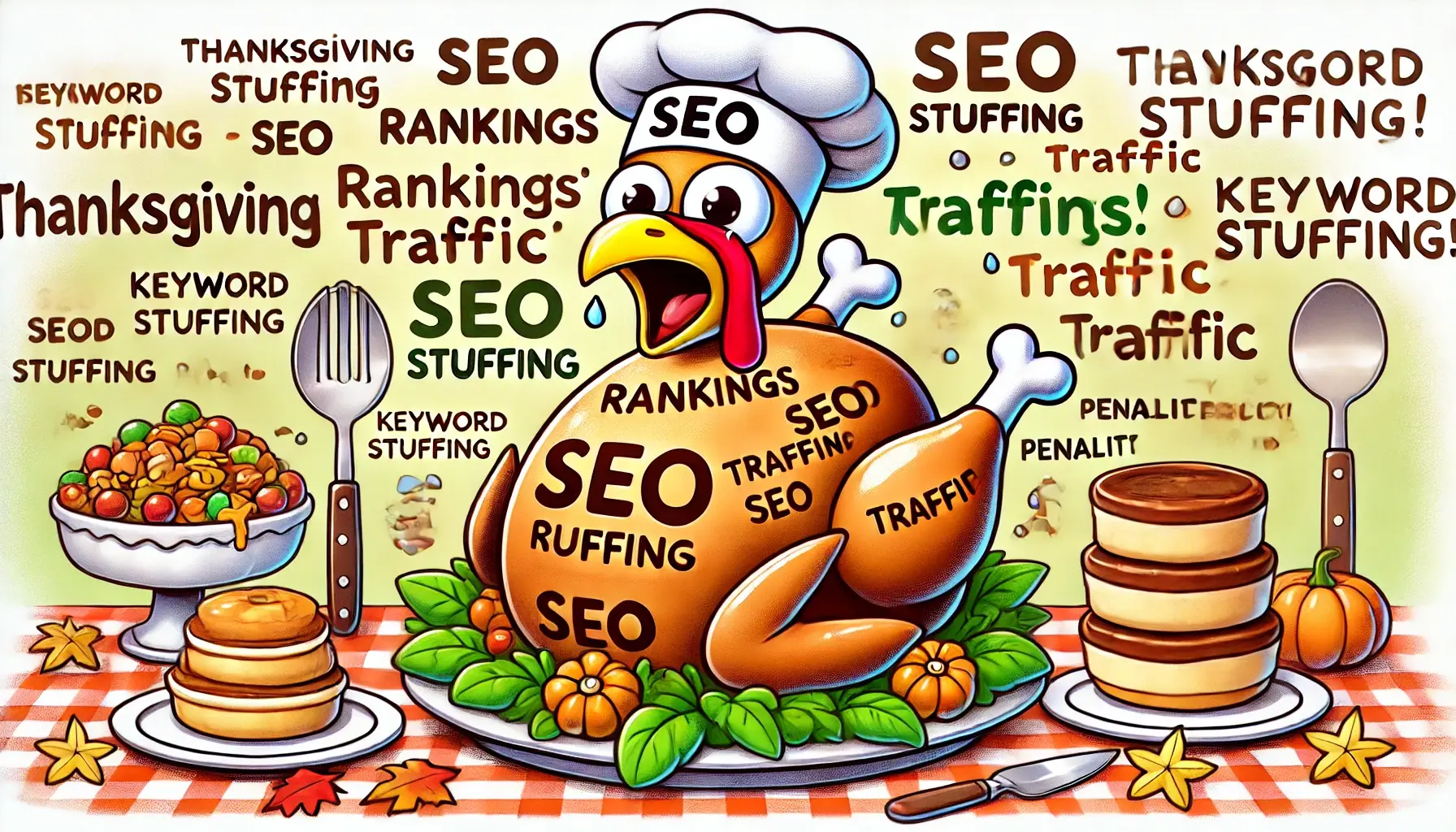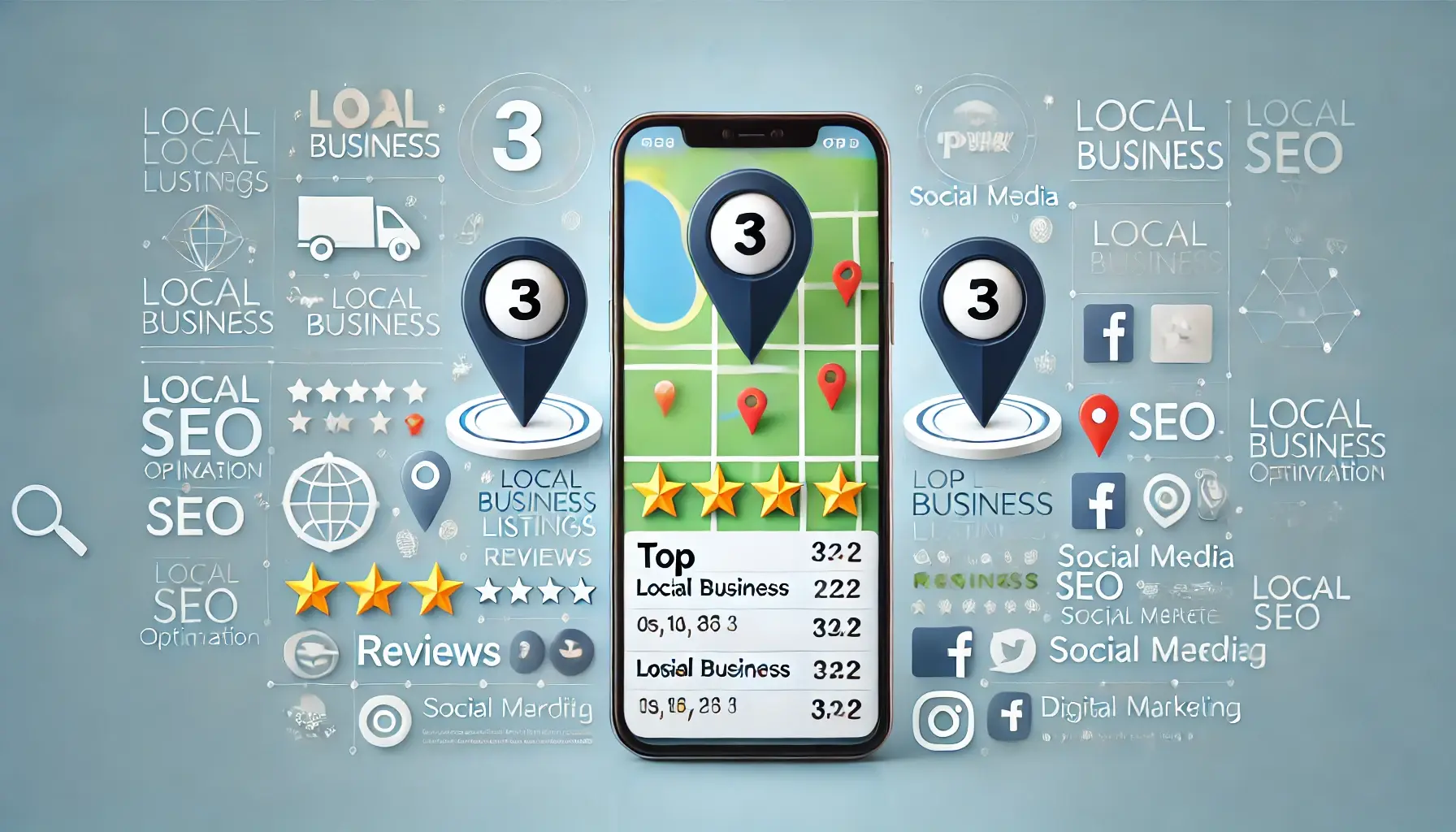
You’re aiming for more traffic, better rankings, and greater results from search engine optimization (SEO). These 10 advanced SEO strategies can boost your site’s rankings, increase traffic, and drive the return on investment (ROI) you’re seeking from SEO.
Whether your goal is sales, store visits, or leads, these SEO techniques will help you achieve it. Keep reading to discover proven SEO strategies and website optimization tools you can leverage today! Need assistance with the latest SEO tactics? Blumoo Creative is here to support you.
Our SEO services don’t just drive traffic; we’ve generated over $10 billion in revenue for our clients in the past five years. Reach out to us online or call (916) 223-0367 to learn how our award-winning team can help you succeed.
1. Reoptimize Existing Content
Many companies use content marketing, and a significant amount have older content that could be improved.
Why is reoptimizing content important?
Outdated content is like a bike with a flat tire—it exists but isn’t useful. If you notice pages dropping in rankings or underperforming in traffic, it’s time for a reoptimization. This process ensures that you get the most out of existing content by refreshing it and boosting its visibility on search engine results pages (SERPs).
How do you reoptimize content?
Look for underperforming pages by analyzing metrics like organic traffic in Google Analytics, impression and click data in Google Search Console, or keyword rankings in Ahrefs. Once identified, quick updates like refreshing title tags, adding keywords, or enhancing internal links can significantly improve performance.
2. Build a Mobile-Friendly Website
In today’s digital landscape, having a mobile-friendly website isn’t just a technique—it’s essential.
Why is mobile-friendliness critical?
More than half of web traffic comes from mobile devices, and Google prioritizes mobile-first indexing. A responsive website is key to ensuring both Google and your audience have a positive experience.
How do you build a mobile-friendly site?
While platforms like Wix offer simple solutions, for long-term SEO success, working with a web developer is ideal. If you're unsure about your site’s mobile performance, use Google’s Mobile-Friendly Test tool to check.
3. Develop an Internal Linking Strategy
No matter your website’s size, an internal linking strategy is crucial for SEO success.
Why is internal linking important?
Internal linking allows search engine crawlers to better navigate and index your site. It also helps distribute “link juice” from high-authority pages to lower-ranking ones, improving overall site rankings.
How do you create an internal linking strategy?
Evaluate your existing links using tools like Moz’s OpenSiteExplorer or Ahrefs. As you publish new content, prioritize linking relevant pages with valuable anchor text to boost SEO.
4. Optimize for Google RankBrain
Google dominates the search market, so aligning your SEO with Google RankBrain is essential.
Why is RankBrain optimization necessary?
RankBrain is a machine-learning algorithm that measures user interaction with search results. If users click away from your page quickly, your ranking could drop. Optimizing for RankBrain ensures you’re meeting user expectations, which helps maintain or improve rankings.
How do you optimize for RankBrain?
Focus on improving your click-through rate (CTR) by optimizing title tags and meta descriptions. Include core keywords while crafting compelling content that matches what users expect when they click.
5. Target Keywords Without Featured Snippets
With Google claiming more search real estate, focusing on keywords without featured snippets can help safeguard traffic.
Why target keywords without snippets?
Featured snippets appear in 15% of searches and can reduce click-through rates for top-ranking pages. By focusing on keywords without snippets, you can protect valuable traffic.
How do you find these keywords?
Use tools like Ahrefs to identify keywords that don’t have snippets, and prioritize them in your content strategy.
6. Improve Page Speed
Page speed is a vital ranking factor and user experience consideration.
Why prioritize page speed?
Fast load times improve user satisfaction and rankings. Google expects sites to load in under two seconds, and slow sites risk losing traffic and conversions.
How do you increase page speed?
Work with a developer to compress images, reduce redirects, and optimize your HTML. Tools like Google’s PageSpeed Insights can help monitor performance.
7. Eliminate Thin Content
While reoptimizing content is valuable, deleting thin content can also enhance your site’s overall SEO.
Why remove thin content?
Thin content, like pages with minimal information or duplicate content, can harm your site’s perception by Google. Removing or improving thin content can enhance your site’s value and search rankings.
How do you eliminate thin content?
Audit your site for underperforming pages and either enhance or delete them. Use redirects to avoid sending users to a 404 page.
8. Claim Competitors' Dead Links
Link building is essential, and one effective method is to claim dead links pointing to your competitors.
Why pursue dead links?
Broken links on competitor sites are opportunities for your business to gain backlinks. This boosts your site’s authority and improves SEO.
How do you find dead links?
Tools like Screaming Frog and Ahrefs help you locate competitor pages with broken links. Once identified, reach out to the linking sites to suggest your content as a replacement.
9. Add Schema Markup
Enhancing your appearance in search results with schema markup can lead to higher click-through rates.
Why use schema markup?
It provides additional details about your page, such as ratings or FAQs, making your content more engaging in search results.
How do you add schema markup?
Use Google’s Structured Data Markup Helper to tag relevant content and add the generated HTML code to your pages.
10. Repurpose Content
Repurposing existing content into new formats can help extend its reach and effectiveness.
Why repurpose content?
Different formats, such as videos or infographics, attract more engagement and help old content maintain relevance.
How do you repurpose content?
Identify pages with decreasing traffic or low engagement and transform them into new formats. Research what works best in your industry, and refresh content to increase its appeal.
Take your SEO strategy to the next level with these advanced techniques, and if you need expert assistance, Blumoo Creative is ready to help. Our SEO services are powered by AI and backed by over 500 SEO specialists. Call us at (916) 223-0367 or reach out online to boost your site’s rankings and revenue.
Have questions about SEO? Contact us now!






















